Slice of Russian history goes under the hammer
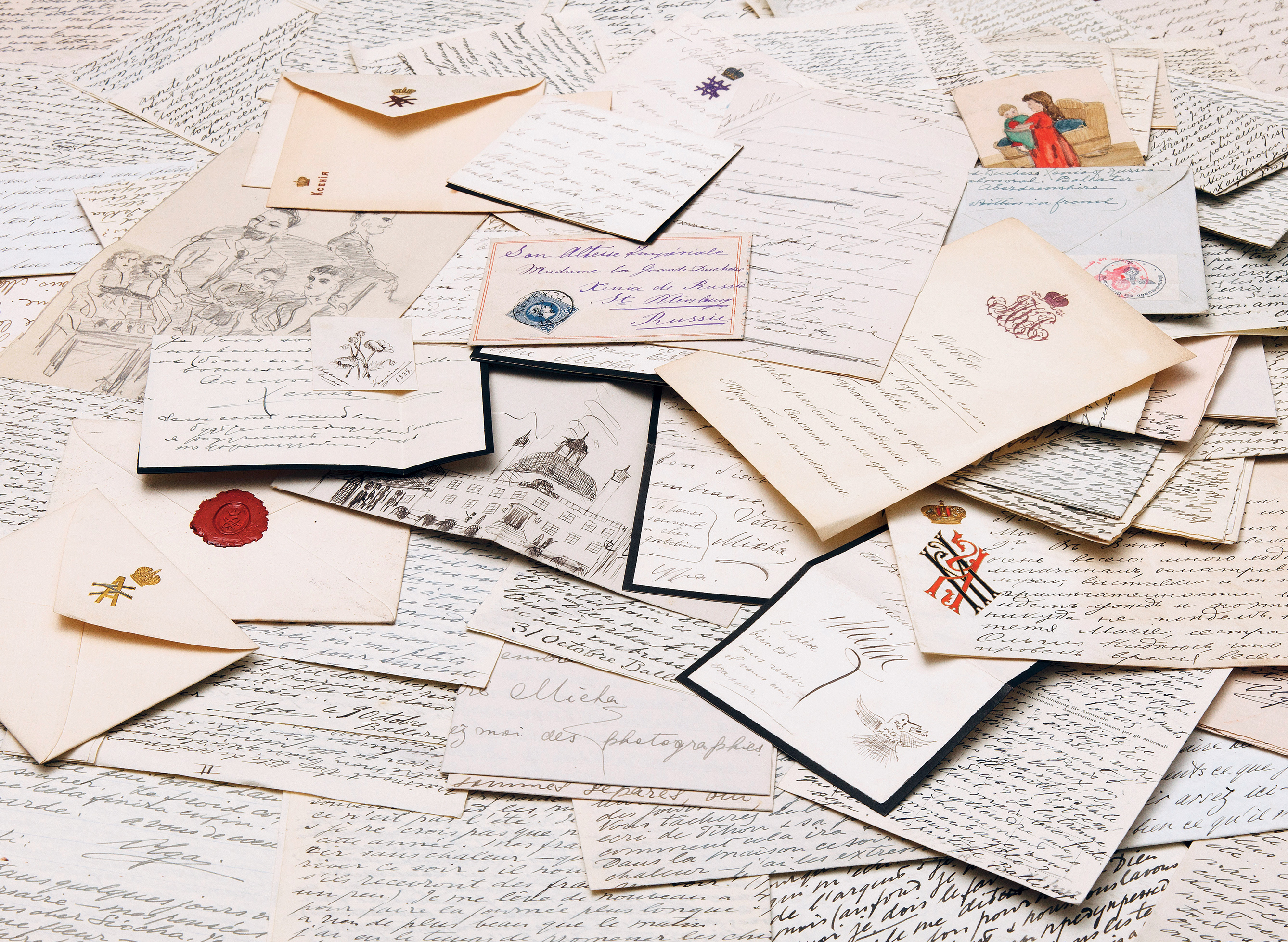
A recently discovered treasure trove of unpublished letters written by the brothers and sisters of Russia’s last tsar was put up for auction in Geneva on Monday.
The recipient, Ferdinand Thormeyer – Siocha to his imperial correspondents – came from the Geneva district of Carouge, and was appointed French tutor to the children of Alexander III in 1886, when he was 28.
He stayed with them until 1899 and remained close to them, and to Russia, in spirit and through letters for the rest of his life.
“We really see that he is at their total and utter disposal; he’s available to them emotionally, he’s available to them compassionately. He always has kind words to say to them and advice to give them,” Christina Robinson, specialist, valuer and appraiser at the Hôtel des Ventes auction house, told swissinfo.ch at a preview ahead of the sale.
Thormeyer died childless in 1944; his collection only came to light when an heir started to clear out his attic and brought some of the things he found to the auction house, including 20 letters from a certain Olga Koulikovsky.
The auction house recognised this as the married name of the Grand Duchess Olga and asked the vendor if he had any others. Robinson told of the growing excitement.
Exciting discovery
“He turned up with 500 more. So we set about reading. But we realised that there were missing links within the letters, so we approached the vendor again and asked him if he was sure he had brought everything,” she said.
“He wasn’t sure, so we visited his home and found in a storage trunk the remainder of the letters, which took us up to the grand total of somewhere over 2,000 documents – letters, telegrams, photographs, and things like that.”
Up for auction are about 1,000 letters, spanning more than seven decades, from 1882 to 1959. The earliest ones are from Denmark, where three of the children, Olga, Michael, and Xenia, were staying with their cousins. At first the letters seem to be French practice; some of them ask Thormeyer to correct their mistakes.
Many are mundane and include doodles and even little paintings, but others outline the imperial children’s preoccupations.
There is only one letter from George, another son, who had been sent to the resort of Abbas Tuman (now known as Abastumani) in Georgia, for his health.
In it, he confides his dislike of his doctor: “… sometimes I was worried that he might inject something other than medicine”.
Later, there is a glimpse of his famous humour. The tsar is said to written out his best jokes and kept them in a box, and would still get them out and laugh at them years later. “Poor Artemovksy has been laid up for three days; he’s got something wrong with his stomach. I hope it’s not a baby.”
Imperial burdens
At George’s death, Michael became heir apparent – not something he relished. When his older brother Nicholas’ (later Nicholas II, the last tsar) own child was born in 1904 – the sickly tsarevich Alexey, shot with the rest of his family in 1918 – he wrote to Thormeyer: “I thank God for having relieved me of that title that I have borne for several years”.
Michael had an unhappy love life, and at first Thormeyer was his confidant. In a letter of 1908, when his brother had forbidden him to marry the woman he loved, he wrote: “In my life, which appears so happy to outsiders, there is almost nothing … able to give me even a little joy in the terrible emptiness that is always within me.”
But when Thormeyer refused to meet the woman whom he did eventually marry – a divorced commoner – Michael’s letters became fewer and further between.
Only the two sisters survived the revolution. Olga, the most prolific letter writer, wrote chatty notes from Denmark: “We’ve had a few summer days, but this morning the weather was grey again …”; “it’s half past eight and I am yawning … so I’ll say good night and go upstairs to bed”. But she also confided her troubles and her realisation that she would never return to Russia and the palace at Gatchina, near St Petersburg, which she had loved so much.
“It would be a terrible shock to see it all again, quite spoiled and quite different,” she wrote in 1926.
She discussed with Thormeyer her disgust at the “false Anastasia” – a woman who claimed to be a daughter of Nicholas II who had managed to escape the massacre of the rest of the family. Having met her, Olga was convinced she was an impostor. Although Olga didn’t live to see it, DNA tests proved her right.
In 1936, at the beginning of the Spanish Civil War, she wrote of her political concerns: “I am terribly frightened for poor Spain. Is it possible that the Communists will win? Then France and other countries could start to go the same way. It’s a real nightmare.”
Window of history
The letters are a treasure trove for those interested in Russian history.
“This really is a unique personal view of their lives during their childhood, pre-revolution and post-revolution,” said Robinson. “I really do hope whoever buys them … that they research the letters deeply and produce a publication on it.”
swissinfo.ch asked some visitors at the preview why they were interested in the letters.
“It’s very, very moving,” said one. “We know the tragic story of the last tsar. It’s all so infinitely sad. I think these are things which should end up in a museum, not in private hands, so that everyone can see them.”
“I think they are really valuable, showing the everyday life of the tsar’s family,” said a viewer from Moscow. She hoped that they would be bought by someone from Russia.
But others had more personal interests. One, who was researching the history of a noble Russian family, was hoping to find some relevant rare photos in the collection; a second was about to host a member of another prominent family and thought that if there were a letter mentioning his ancestors, it would make an excellent gift.
It remains to be seen whether the letters, which give such a rare glimpse of the family behind the imperial scenes, will ever be published.
In many ways the brothers and sisters were just like us. For who has never started a letter: “Please forgive me for not writing sooner”?
No research has been done on Thormeyer’s life so there are gaps in our knowledge about him.
He went to Russia aged about 18, but it is not known exactly why.
He had been there for ten years, and had trained there as a teacher before being given his position with the imperial children.
Even after returning to Switzerland in 1899, he remained strongly attached to Russia.
During the First World War he was a Red Cross delegate, and visited Russian prisoners of war.
He set up a “Russian corner” in his house with the souvenirs he had collected – gifts, postcards, photos, telegrams, the menus of imperial breakfasts, details of the timetable and composition of trains used by the tsar and his family.
He donated some of his treasures to the Nicolas II museum in Belgrade in 1934; it is not known what happened to them, but it is thought they found their way back to Russia after 1945.
Alexander III (1845-94) and his wife Maria Fedorovna (1854-1928 – born Princess Dagmar of Denmark) had six children, of whom one died in infancy.
Thormeyer’s first pupils were Nicholas (1868-1918 – who succeeded his father as tsar) and George (1871-99), who died young of tuberculosis. He taught them for three years.
The three youngest children were Xenia (1875-1960), Michael (1878-1918) and Olga (1882-1960). They all kept in close touch with Thormeyer.
After the 1917 revolution, Michael was captured and executed by the Bolsheviks in 1918 in the city of Perm, shortly before Nicholas was shot, with his wife and children, near Yekatarinburg.
Xenia, Olga and their mother were able to flee Russia. Xenia went to England, while Olga moved to Denmark with her mother and towards the end of her life emigrated to Canada.
Both daughters kept up a correspondence with Thormeyer until his death in 1944; Olga then continued to write to his nephew.
Switzerland had a long tradition of supplying teachers to Russia.
Thormeyer was not the first tutor of imperial children.
At the end of the 18th century, Frederic-César de la Harpe tutored two of the grandsons of Catherine the Great, including Alexander I, to whom he also remained very close.
The great Russian poet, Pushkin, was taught French by a Swiss at the Tsarskoye Selo lycée for the sons of the nobility. This was David de Boudry – whose brother was the French revolutionary leader Marat (killed in his bath).
In the 19th century many Swiss went to Russia to seek their fortune and ended up as tutors in wealthy Russian families.
The importance of French teachers as an “export item” in the 19th century contributed to the disappearance of patois in western Switzerland: it was essential that the teachers came from a genuinely French-speaking country.

In compliance with the JTI standards
More: SWI swissinfo.ch certified by the Journalism Trust Initiative
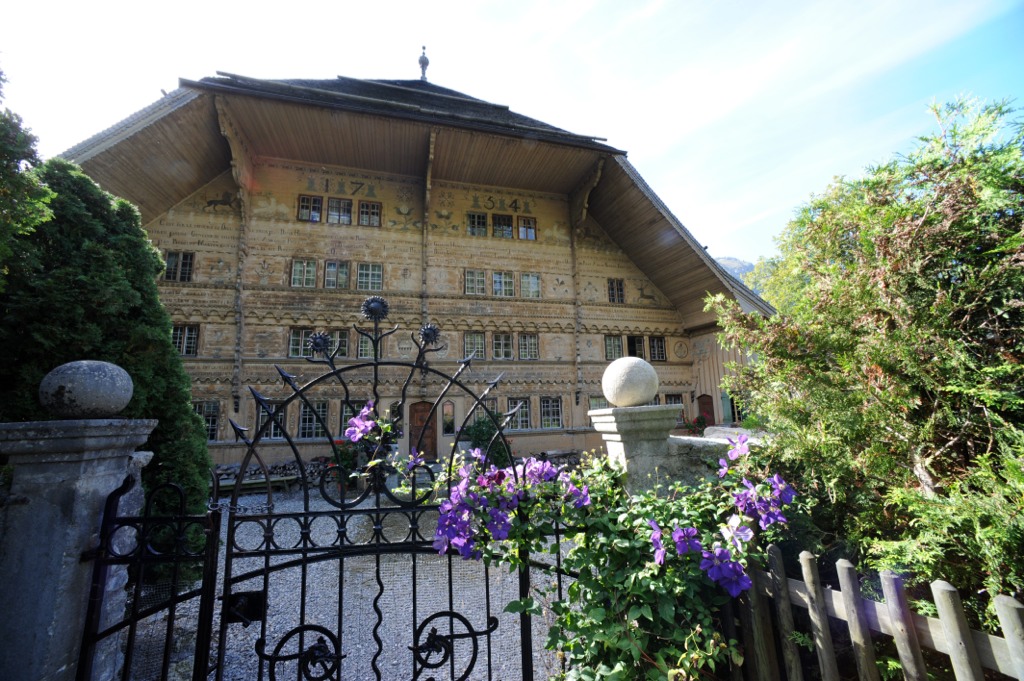
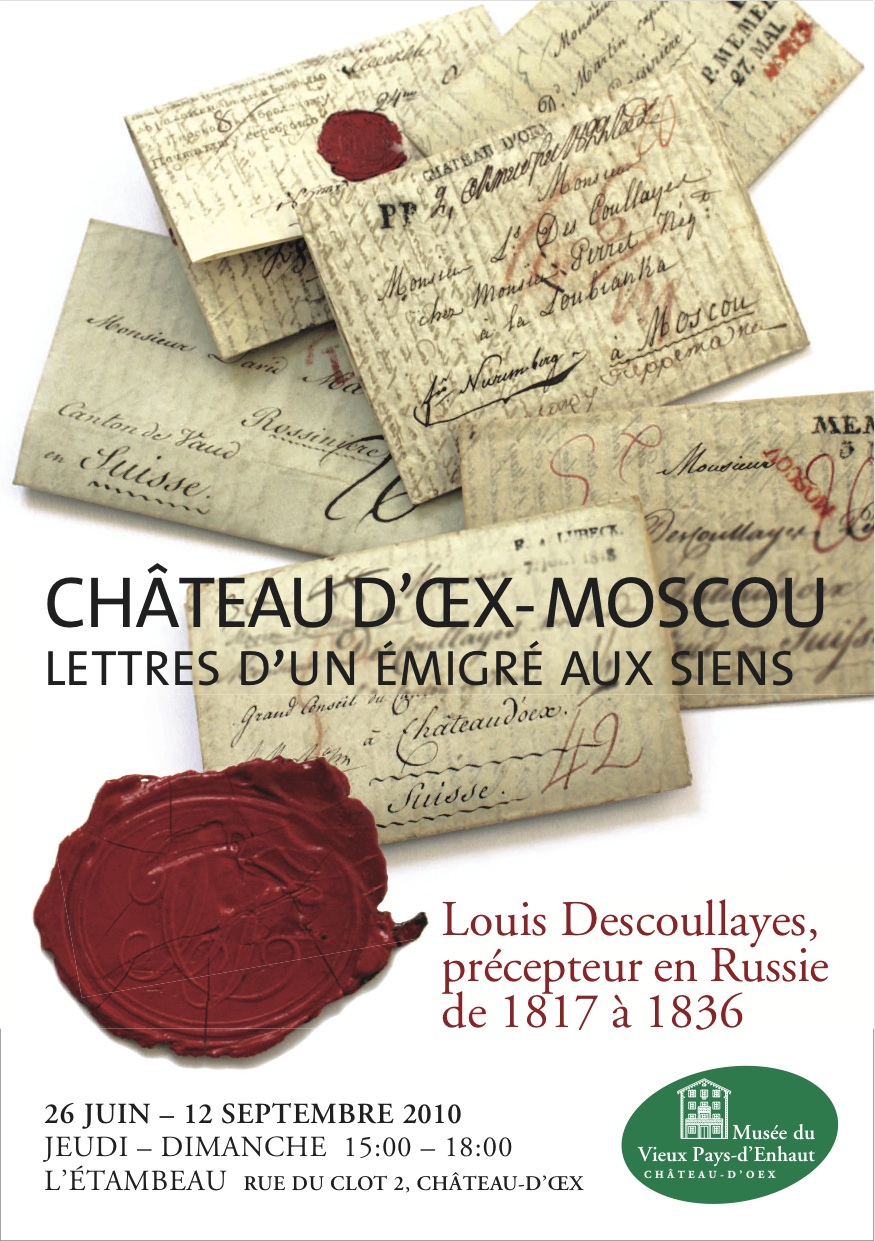
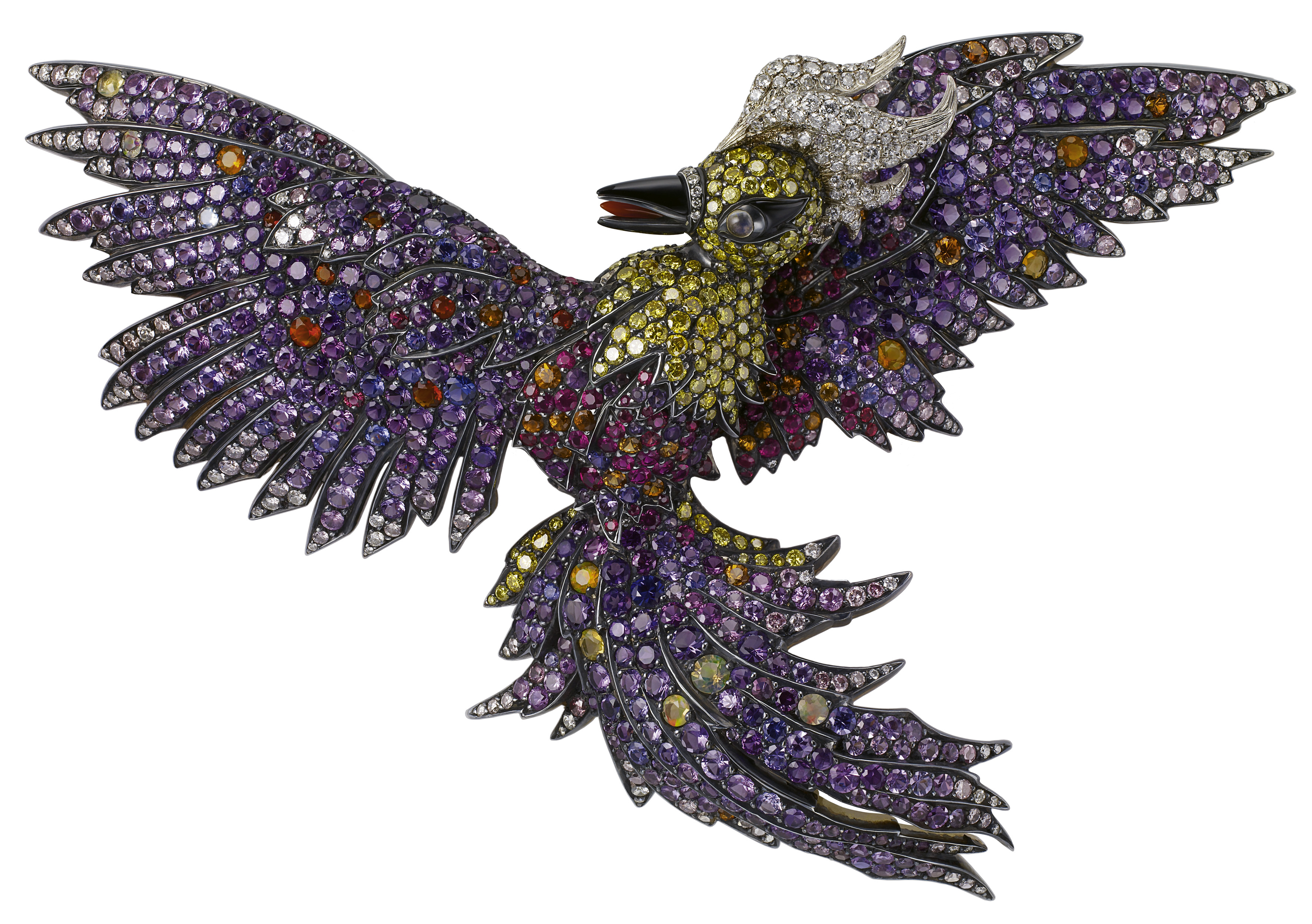
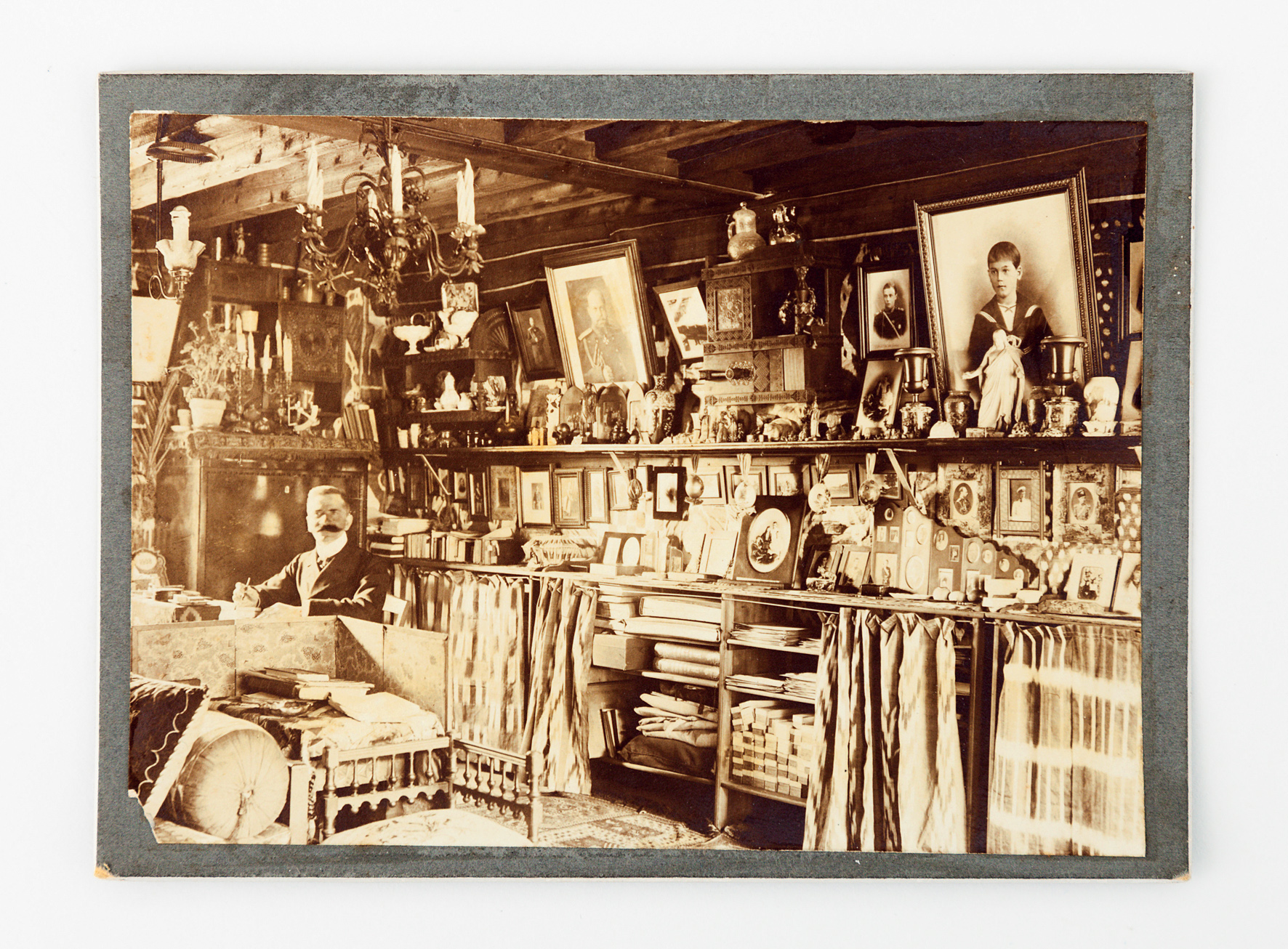
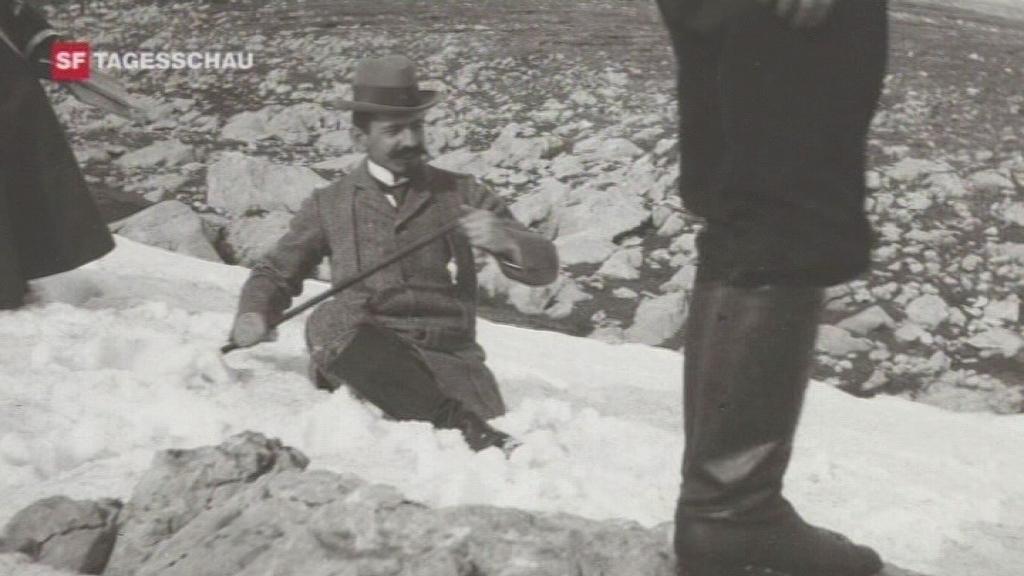
You can find an overview of ongoing debates with our journalists here. Please join us!
If you want to start a conversation about a topic raised in this article or want to report factual errors, email us at english@swissinfo.ch.